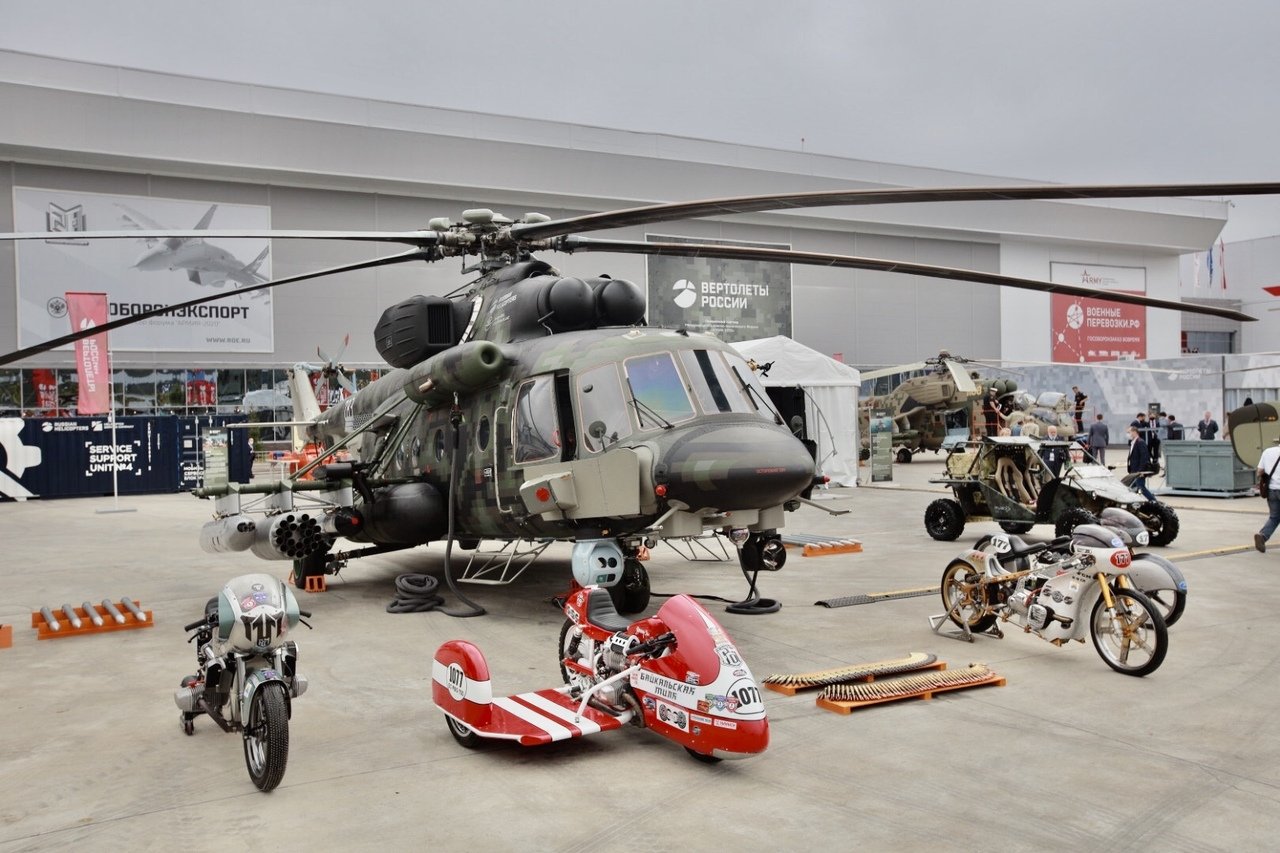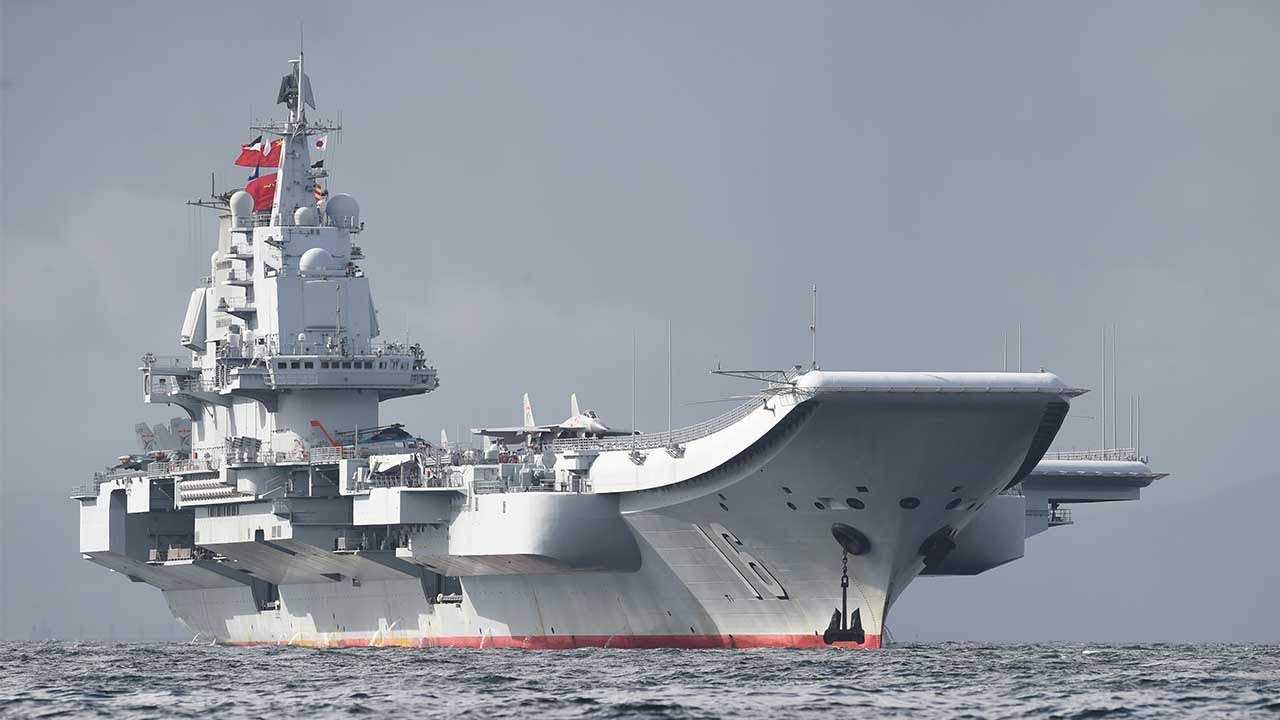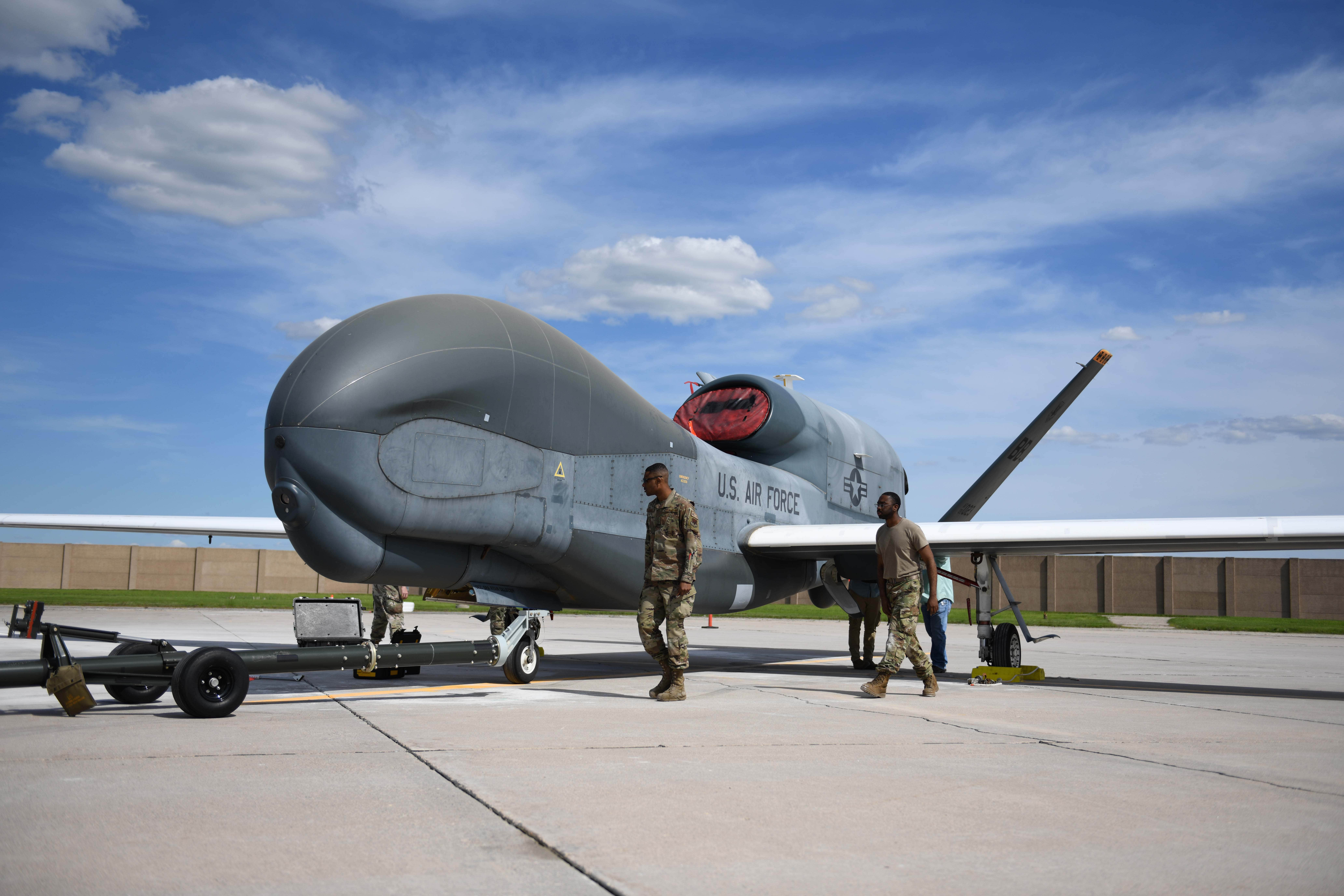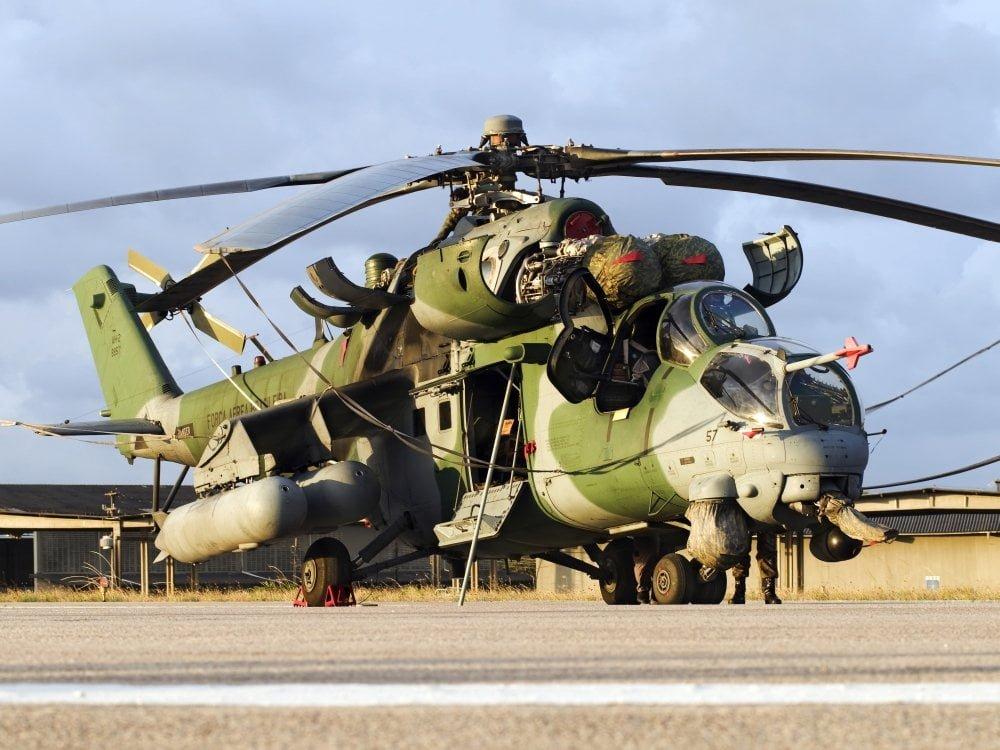
Developed as a joint venture between MBB and Aerospatiale that began in 1984, the Eurocopter EC665 Tiger was planned to meet the French and German military requirements for an advanced multirole helicopter for battlefield operations. However, the project was all but extinct on arrival. Due to high costs, the initial program was canceled in 1986. It was determined that supplying the German military with the McDonnell Douglas AH-64 Apache would have been considerably cheaper.
Eurocopter Tiger EC 665 – Multi-Role Combat Helicopter:
However, the program was reevaluated and reorganized, and Eurocopter received a contract to build five prototype/development helicopters in November 1989—with three of those being unarmed aerodynamic testbeds. The other two were armed prototypes that met the required specifications for France and Germany. The first test flights were conducted in April 1991— but then a series of setbacks further delayed the program for nearly another decade.
In March 2002, the French and German militaries each ordered eighty of the aircraft. Seeing the potential of this flying Tiger, Australia and Spain joined the program and by the end of last year, 181 Tigers in various configurations for the four nations have entered service.
Different Breeds of These Tigers

Currently, the four different models of the EC665 include the Tiger HAP (Hélicoptèred’ Appui Protection—French for Support and Escort Helicopter), a medium-weight air-to-air combat and fire support variant built for the French Army. It is equipped with a chin-mounted GIAT 30-millimeter gun turret, and it can carry 68-millimeter SNEB unguided rockets or 20-millimeter machine cannons for fire support. It is flown by the French Army’s 4th Special Forces Helicopter Regiment and the 5th Combat Helicopter Regiment.
 Tiger HAP
Tiger HAP
The UHT (Unterstützungshubschrauber Tiger–German for Support Helicopter Tiger)is used as a multirole fire support variant by the German Army. UHT can carry PARS 3 LR “fire and forget” as well as HOT3 anti-tank missiles, and the 70-millimeter (2.8 in) Hydra 70 air-to-ground fire support rockets. Both HAC and UHT share a common mast-mounted TV/forward-looking infra-red/ laser rangefinder sighting system for the gunner, nose-mounted forward-looking infra-red for the pilot and Trigat missile armament. In addition, the UHT, which is flown by the German Army Aviation Helicopter Regiment 36 can also be fitted with a turret-mounted 30-millimeter Mauser cannon.
 UHT
UHT
The ARH (Armed Reconnaissance Helicopter) is the variant flowed by the Australian Army’s 1st Aviation Regiment, and it is based on the Eurocopter Tigre HAP. The ARH Tiger was introduced to replace Australia’s OH-58 Kiowas and UH-1 Iroquois-based “Bushranger” gunships. It has upgraded MTR390 engines and instead of SNEB unguided rockets, it is armed with 70-millimeter rockets produced by the Belgian-based Forges de Zeebrugge.

ARH
The Spanish Army’s Attack Helicopter Battalion 1 operates the Tigre HAD (Tiger Helicoptero de Apoyo y Destrucción, which is Spanish for Support and Destruction Helicopter). It is nearly identical to the HAP version but was designed to be better suited for operations in hot environments, and has 14 percent more engine power, which is provided by the upgraded Enhanced MTR390 engines.
 HAD
HAD
All versions of the Tiger feature a tandem-seat “glass cockpit” and are operated by a two-man crew, with the pilot faced forward of the gunner. This flying Tiger has quite the “roaming range” of 800 kilometers (500 miles), and it has a maximum service ceiling of 4,000 meters (13,000 feet) with a rate of climb of 10.7 m/s (2,110 feet per minute).
The Tigers of all variants have accumulated in excess of 115,000 flight hours.
In 2009, the Tiger showed it had some serious claws when three of the helicopters were deployed to Afghanistan, and the aircraft was then deployed to Libya in 2011. With industry consolidation, after 2014 the EC665 Tiger has been marketed by Airbus Helicopters





